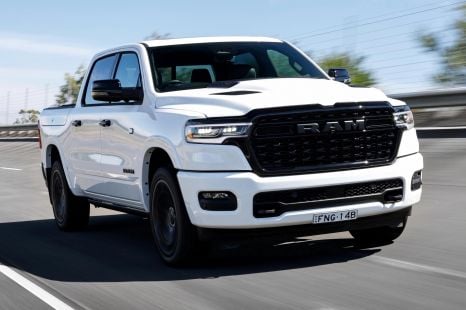

Marton Pettendy
2 Months Ago

Contributor
Ford will produce its upcoming Ranger plug-in hybrid (PHEV) in South Africa, rather than Thailand like the rest of the Australian range.
The Blue Oval has confirmed the PHEV dual-cab ute will be built at the Silverton Assembly Plant from late 2024, after significant investment in the facility’s production lines, testing facilities, and repair areas. Currently, it supplies the Ranger sold in Europe.
Unlike the local non-electrified Ranger line-up – which comes from Thailand, with whom Australia has a free-trade agreement – the PHEV will incur a five per cent import duty.
That further adds to an expected premium for the PHEV powertrain, considering PHEVs are often $10-15,000 more expensive than comparable combustion-powered models.
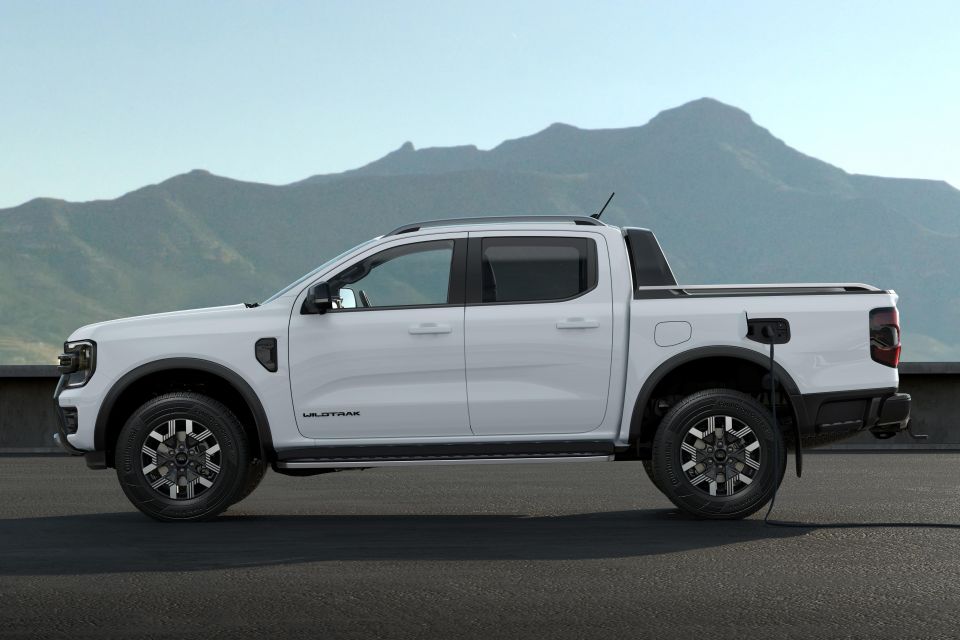
The same duty impacts the Ranger’s platform mate, the Volkswagen Amarok, which is exclusively supplied from South Africa.
Ford revealed the Ranger PHEV in Wildtrak trim, but has yet to confirm which grades it will be offered in for Australia.
The electrified Ranger uses a turbocharged 2.3-litre four-cylinder petrol engine mated with an electric motor and a high-voltage battery.
The electric motor sends power through Ford’s Modular Hybrid Transmission, and the Ranger PHEV can be driven as a parallel hybrid or on pure electric power. It has a claimed electric range of more than 45km on the stricter WLTP cycle.
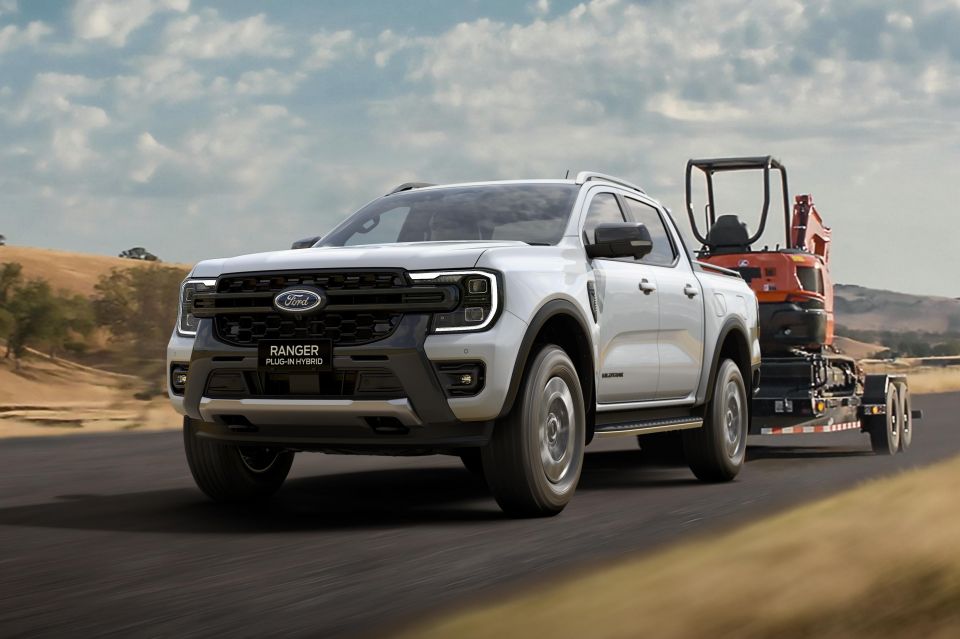
Braked towing capacity is 3500kg, just like the rest of the Ranger line – important, as Ford says 86 per cent of Ranger owners tow.
Ford hasn’t confirmed the battery size or power and torque outputs of the Ranger PHEV, other than to confirm it will offer more torque than any other Ranger.
The torquiest Ranger presently is the 3.0-litre turbo-diesel V6, which produces 600Nm. Ford offers a turbocharged 2.3-litre four-cylinder in other markets without the plug-in hybrid system, and this produces 201kW and 420Nm.
The rear frame has additional bracing to support the battery, and a charging point has been fitted alongside the fuel filler. Ford also says it uses heavy-duty suspension, while the steering has been retuned.
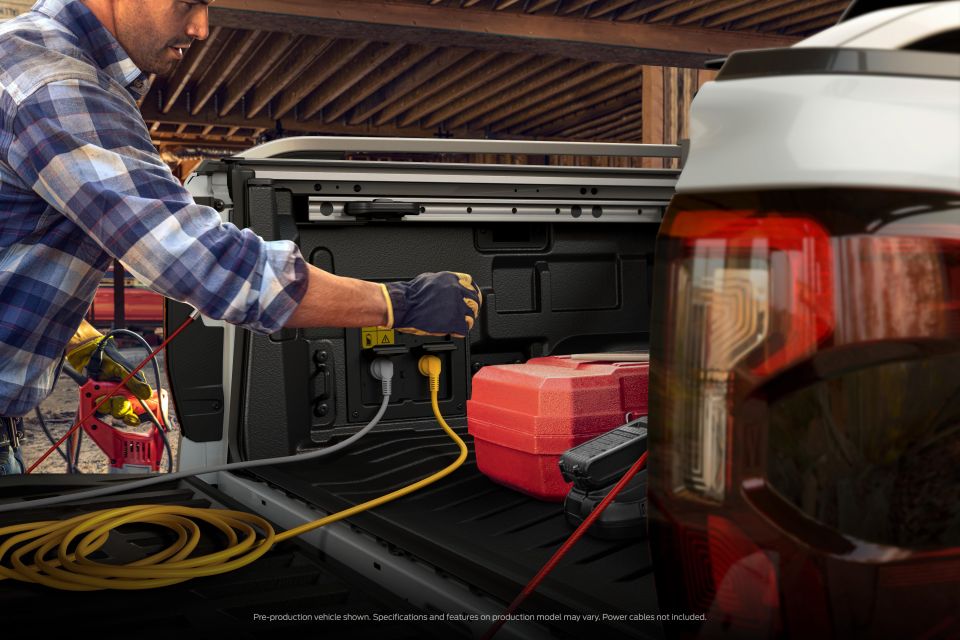
The company hasn’t confirmed a payload figure, other than to say there’s “no lessening of the payload… versus what we have on today’s line-up”.
Four-wheel drive is standard, and there will be a range of PHEV-specific modes: EV Auto, the default mode that taps the petrol engine as necessary; EV Now, which uses only the electric motor; and EV Charge, which uses the engine to charge the battery.
The Ranger PHEV will offer Pro Power Onboard, like on the electric F-150 Lightning. This allows customers to power tools and appliances using the vehicle’s battery, effectively allowing the Ranger PHEV to be used as a generator.
A single 10a 240V outlet is located in the cabin, with two 10a 240V outlets in the tub.
MORE: Everything Ford Ranger MORE: Ford Ranger review
Take advantage of Australia's BIGGEST new car website to find a great deal on a Ford Ranger.
Scott Collie is an automotive journalist based in Melbourne, Australia. Scott studied journalism at RMIT University and, after a lifelong obsession with everything automotive, started covering the car industry shortly afterwards. He has a passion for travel, and is an avid Melbourne Demons supporter.


Marton Pettendy
2 Months Ago
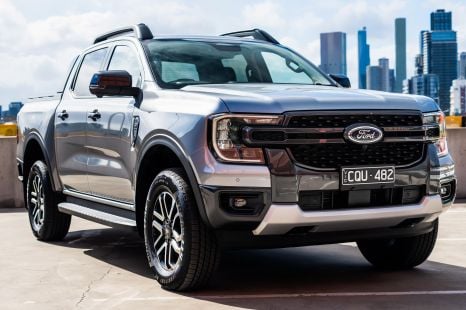

Max Davies
2 Months Ago
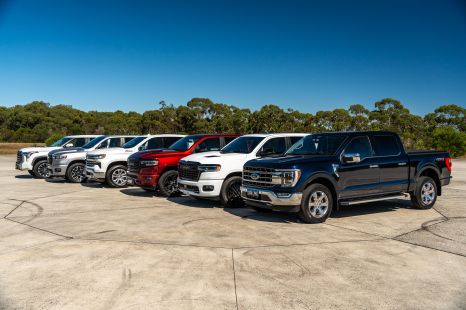

Josh Nevett
1 Month Ago
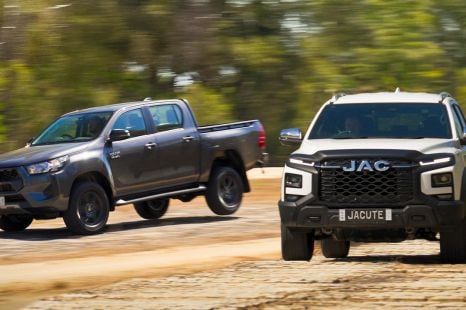

CarExpert.com.au
1 Month Ago
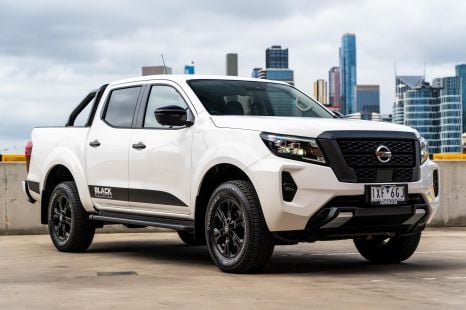

Josh Nevett
16 Days Ago


James Wong
9 Days Ago